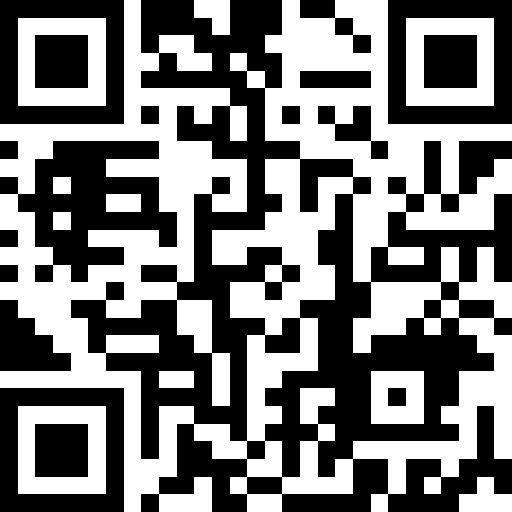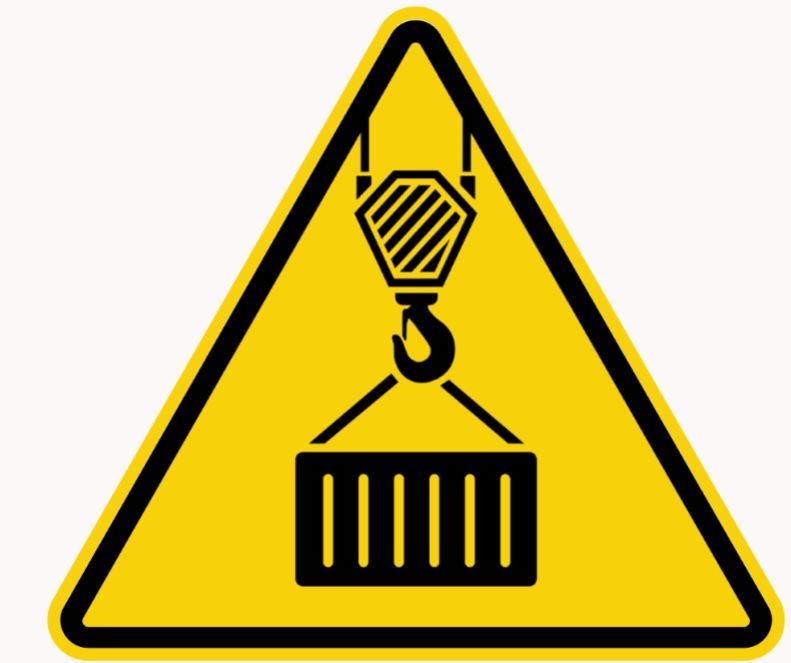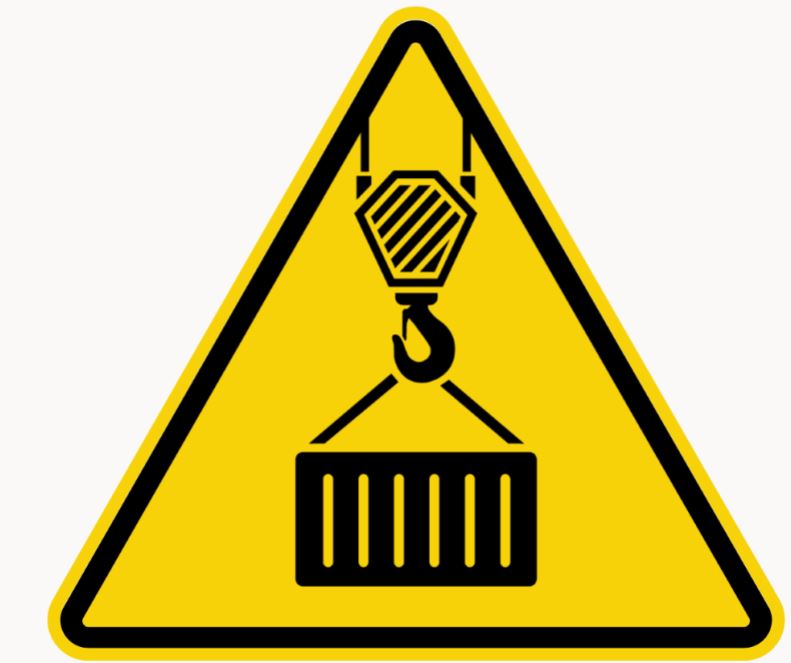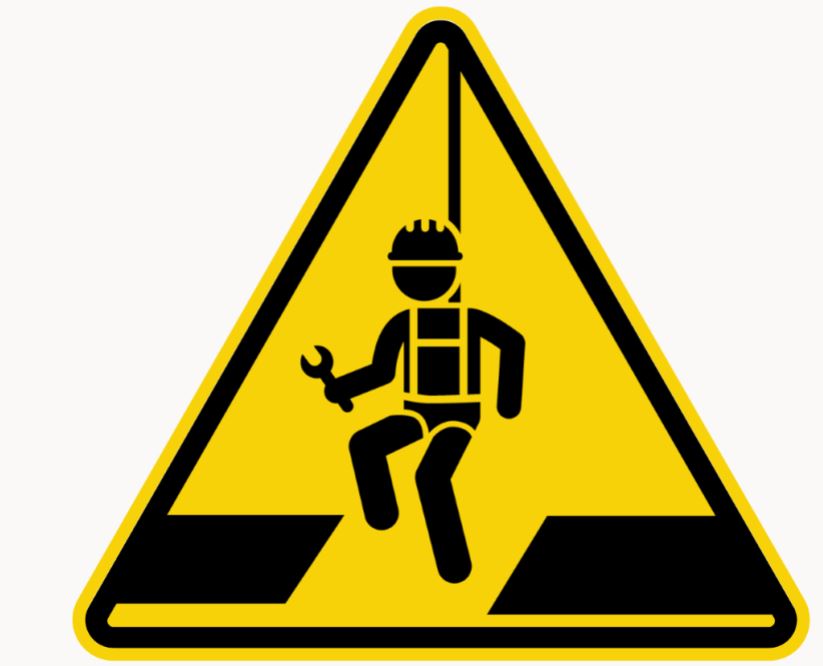Title Page
-
Prepared by:
-
Section:
-
Location:
-
Date:
-
Brief Description of Task/Activity
-
Document Number:
Fatal Risk Control
-
Make sure you know which Fatal Risks are present in your work area!
-
If any fatal risk controls are not effectively implemented or maintained the task/activity should be stopped immediately and the related risks needs to be re assessed by a competent person.
Lifting
-
These CRITICAL CONTROLS need to be in place when working with cranes and lifting equipment.
-
Does the activity present lifting risks.
Competency
-
Is the crane operator, and rigger trained and qualified, and does the worker understand the components of lifting activity?
-
Does the operator, rigger, and/or signaler appear to be fit for duty, alert, and awake?
Lifting Plan
-
Has a risk assessment or lift plan been conducted and documented? (e.g., considering powerline proximity, load weight, shape, size, and capacity)
-
Was working under or near a suspended load discussed?
-
Has a workplace inspection been conducted and documented? (e.g., travel route, access workspace, level and solid ground conditions, or safe distances to any overhead powerlines)
-
Has the rigging equipment been correctly attached/balanced and is rated for the load?
-
Has the lift been communicated to all affected personnel?
-
Are tag lines being utilized to control the load while the lift is in progress, and are they free from posing additional hazards?
-
Is the crane operator present during all lifting operations? (e.g., suspended load always attended)
-
Have all sections of the Lifting Plan been completed correctly and signed off by all parties?
Mechanical Integrity of Lifting Gear
-
Has the appropriate pre-operational inspection been completed prior to work commencing?
-
Is the lift capacity of the crane and lifting gear rated for the load weight?
-
Are all safety devices on the lifting equipment installed and functional?
-
Does each item of lifting equipment (chains, slings, shackles, etc.) have a current tag on it indicating it has been checked on a planned schedule?
Exclusion Zone
-
Is the barrier or barricade large enough (360°) to protect people in the event of a load falling? (e.g., boom radius plus the load is within barrier/barricade area, also consider load tipping, rolling away, bouncing, and working levels)?
-
Has the exclusion zone been properly demarcated (e.g., signage, tape/tag, cones, or barricades), communicated, and maintained?
-
Are barriers set up to denote clearance area based on power/voltage lines and environmental factors? Has a vicinity permit been obtained where required?
-
If required to operate within clearance distance, have overhead powerlines been locked out and tagged out?
Sign off
-
Person Conducted Fatal Risk Critical Control Verification.















